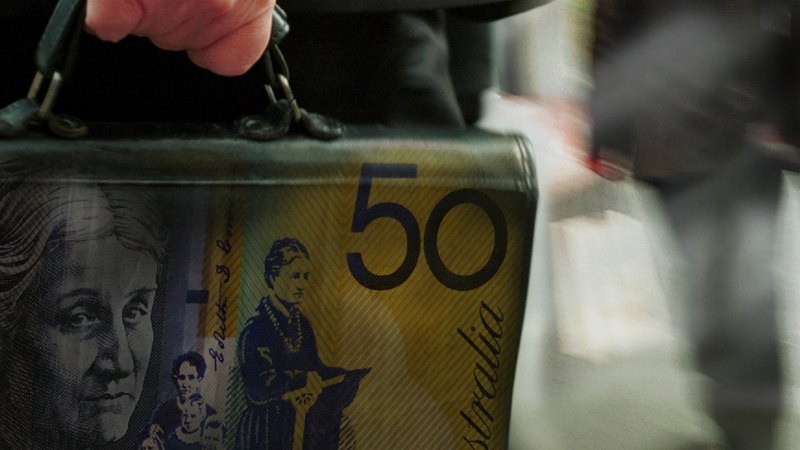
UPDATE: The Compensation Scheme of Last Resort (CSLR) is facing a shocking surge in claims, with projections skyrocketing from $4.8 million in the 2024 financial year to an alarming $137.5 million in 2027. This urgent situation raises serious questions about the scheme’s long-term viability, as authorities scramble to address the financial misconduct that is affecting thousands of victims across Australia.
CSLR chief executive David Berry revealed that the projected costs could nearly double in just one year, highlighting the unexpected scale of claims. Berry stated, “When the scheme was set up, the scale of what we are seeing now was not really considered.” The forecast for 2027 does not even include potential costs related to the ongoing fallout from the $1 billion collapse of financial entities, underscoring the complexities ahead.
This financial crisis is expected to necessitate an additional special levy on the financial services industry, with worst-case scenarios suggesting payouts could reach $880 million if all affected investors lodge claims. However, analysts believe the more realistic cost to the CSLR would be around $370 million, based on the scheme’s modeling.
The CSLR was established in 2023 to compensate victims of financial misconduct when the responsible parties are unable to do so. It is funded by a levy imposed on financial advisers, banks, and brokers. Currently, this scheme does not cover claims against managed investment funds like Shield and First Guardian, but rather targets advisors linked to these faulty investments.
In a related development, Macquarie Group has reached out to approximately 3,000 clients impacted by the Shield collapse, aiming to facilitate their compensation process. The Australian Securities and Investment Commission (ASIC) is intensifying its investigation into the failed schemes, having filed multiple legal actions against various parties, including wealth platform operator Equity Trustees and financial planning firm Sequoia.
ASIC’s scrutiny follows alarming allegations that Sequoia allowed millions to be funneled into problematic retirement products despite warnings about their integrity. In a separate case, SQM Research is accused of providing a favorable rating to the Shield fund, despite internal concerns about its legitimacy.
The rising costs associated with the CSLR are causing alarm among major industry bodies. Both the Financial Advice Association Australia and the Financial Services Council have refrained from commenting, but there is a palpable urgency within the sector to reassess the future of the CSLR program. Federal Financial Services Minister Daniel Mulino is reportedly working to convene a roundtable discussion on the matter before the year’s end.
Berry acknowledged the pressing questions surrounding the CSLR’s sustainability but emphasized the personal toll on victims: “We recognize there is a question around the sustainability of the scheme… but the consequence here for individuals, mum and dad investors, has been severe.”
As of now, the CSLR has disbursed $137.5 million, with $126.9 million primarily levied on financial advisers due to ongoing claims related to failed advisories. The urgency for reform is escalating, with stakeholders across the industry on high alert as the implications of these developments unfold.
As the situation continues to evolve, all eyes are on the actions of regulators, the financial services industry, and the victims seeking justice. Stay tuned for more breaking updates on this urgent financial crisis.





